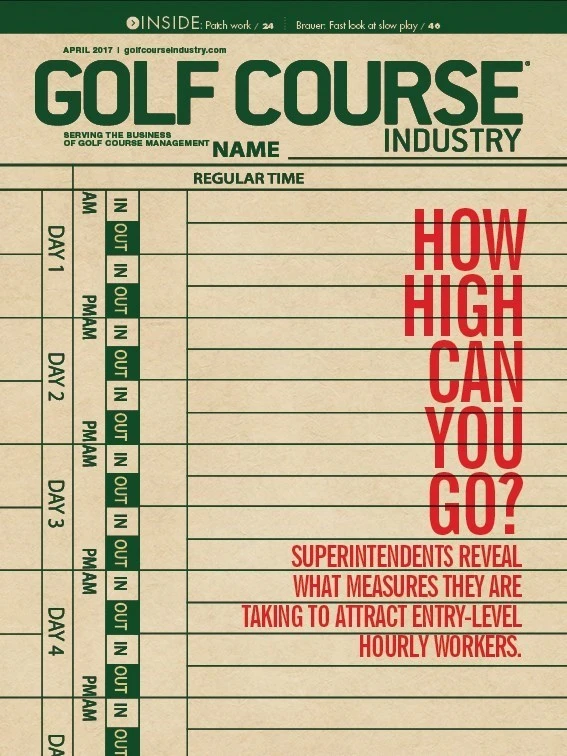Every industry innovates and golf irrigation is no different. Without innovation, we would not be saving water, have remote monitoring and improved uniformity. Innovation results in changes to golf irrigation technology every year, but is that a good thing or bad thing?
We don’t always see innovation come to fruition. At the Golf Industry Show, you see the concept for a product, but it never comes to market. In other cases, the product arrives prematurely – it’s available, but may take several years before it works the way it was envisioned.
There are two reasons for this. One, the manufacture always wants to be the first to market with a new product feature. Second, there is always a course who wants to be the first to use a new product and they jump all over it. This creates a “keeping up with the Joneses” scenario.
In the last five-plus years, we have seen lots of innovation in the golf irrigation market, including Rain Bird ICM and Toro Infinity sprinklers, for example. These products make your system smarter and maintenance easier. It is important products not just be innovated because, but they must also benefit the end user.

Sometimes products claim innovation, but actuality are not. For example, there is a concept for irrigation systems called side fusion. Side fusion fuses a fitting on to HDPE laterals much like you fuse the pipe together. It takes the place of a saddle or compression coupling for attaching the swing joint to the lateral and is less expensive.
Just like PVC 50 years ago, the industry continues to learn the limits of HDPE systems. Learning a product’s limits takes time and over that period we learn what works and what doesn’t. Polygate taught the industry that you need to be careful about pressure ratings and dissimilar DR’s between pipes and fittings when using HDPE pipe.
Side fusion is certainly an innovative concept. However, now that a little time has passed, we have learned the side fusion stresses the pipe and causes it to fail, not the fuse or the fitting. Those of you who have been around a long time remember when systems used PVC gasketed mainline fittings. The fittings would crack in the hoop of the elbows and tees. Or they used epoxy coated steel mainline fittings that developed pin hole leaks very quickly after being installed due to poor handling during shipping or installation.
Two-wire systems constantly add features, which is the main reason they are innovative. Features can be added to the sprinkler and transmitted through the two-wire cable back to your central computer. Manufacturers will continue to innovate with two-wire products, and at this point no one seems to know what the limit is. The sprinklers and wiring becomes smarter, but at the same time more sensitive to bad wire splices, nicks and moisture. So is this a good thing?
As we see so much innovation on two-wire systems, are we seeing any at all with conventional satellite-based systems? Doesn’t look like it. Just like HDPE is not the best choice for every golf course, nor is a two-wire system. So does it make sense to buy irrigation products that are not going to be improved in the future? Are the innovative products that are available now and in the future the best choice or the only choice?
What about the management team that takes over after you? Will they want the innovative products or the more proven and reliable but stagnant products? It’s something to think about as innovation can be both good and bad.

Explore the April 2017 Issue
Check out more from this issue and find your next story to read.
Latest from Golf Course Industry
- Carolinas GCSA raises nearly $300,000 for research
- Advanced Turf Solutions’ Scott Lund expands role
- South Carolina’s Tidewater Golf Club completes renovation project
- SePRO to host webinar on plant growth regulators
- Turfco introduces riding applicator
- From the publisher’s pen: The golf guilt trip
- Bob Farren lands Carolinas GCSA highest honor
- Architect Brian Curley breaks ground on new First Tee venue






